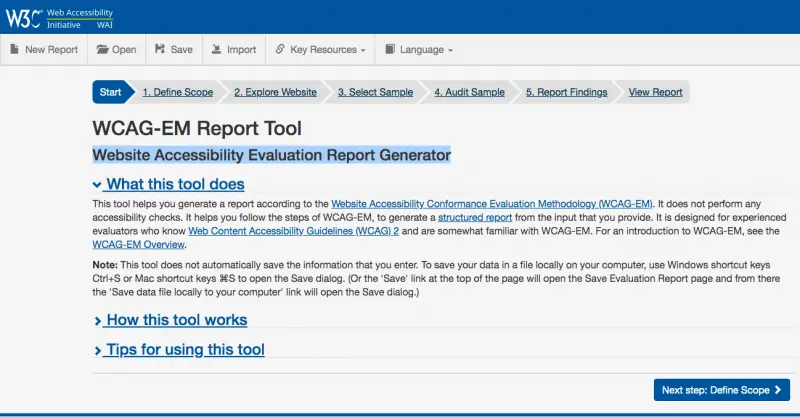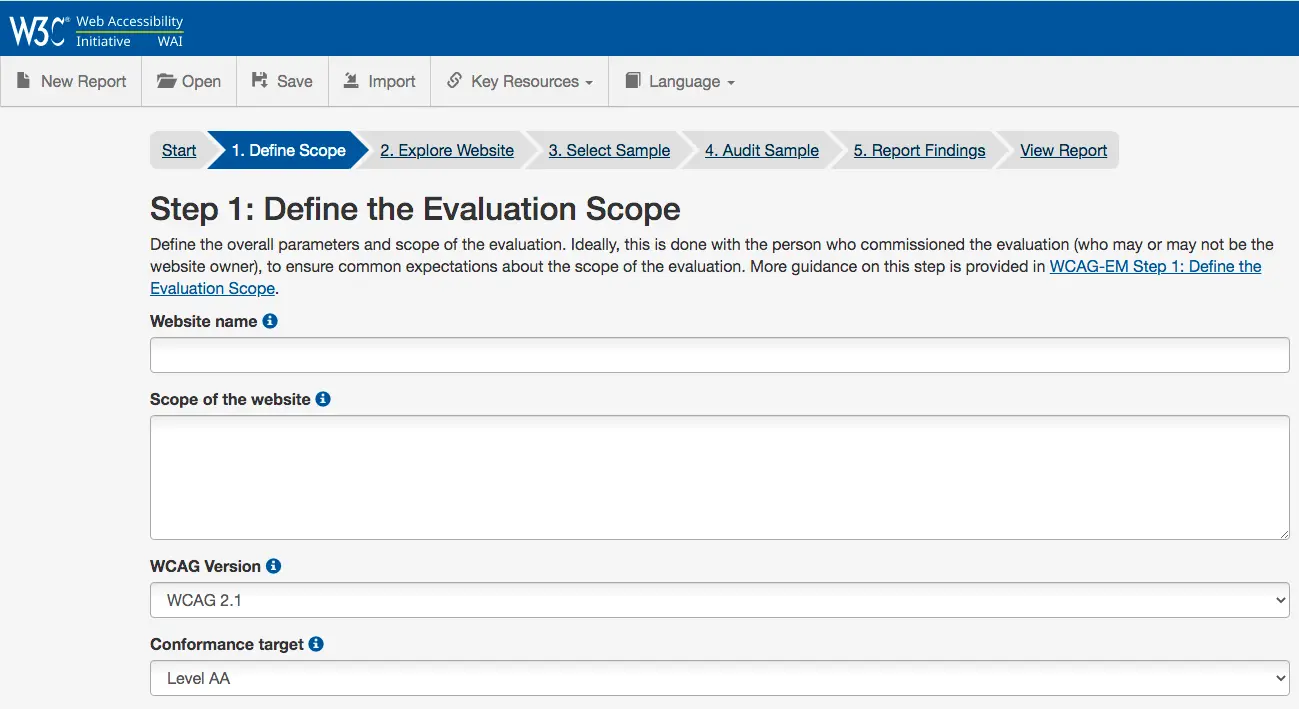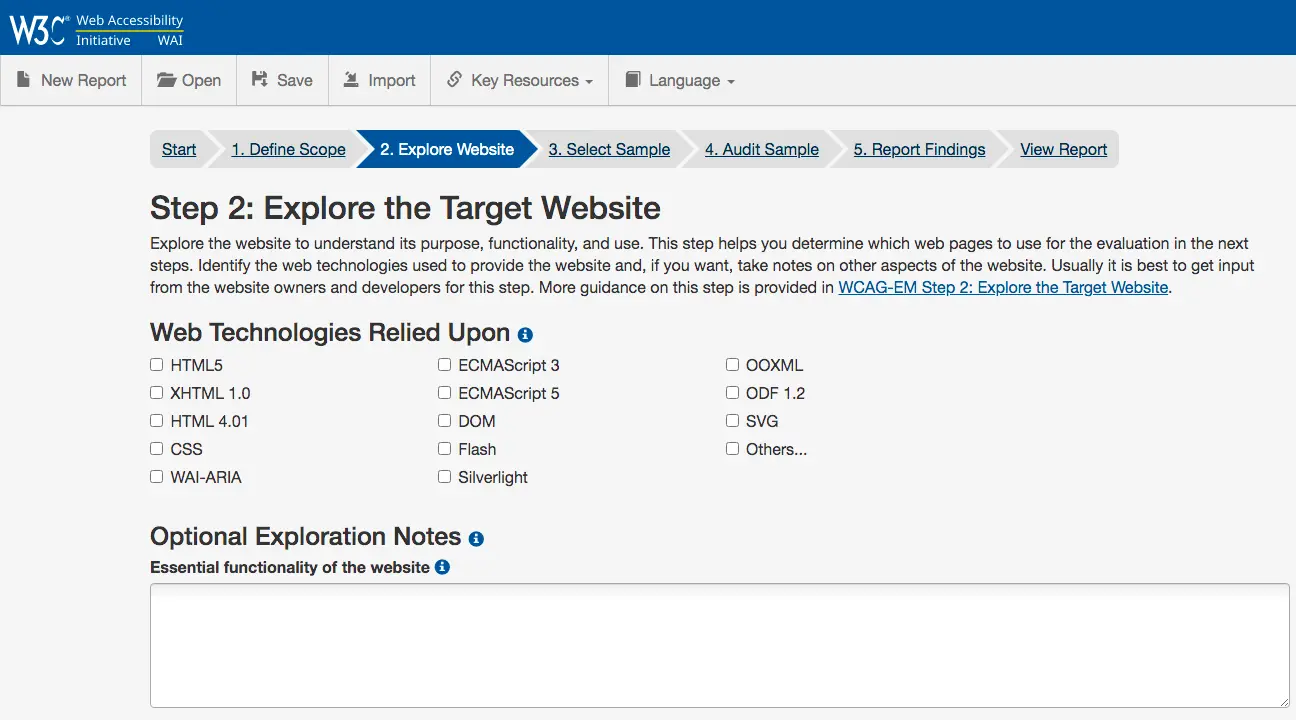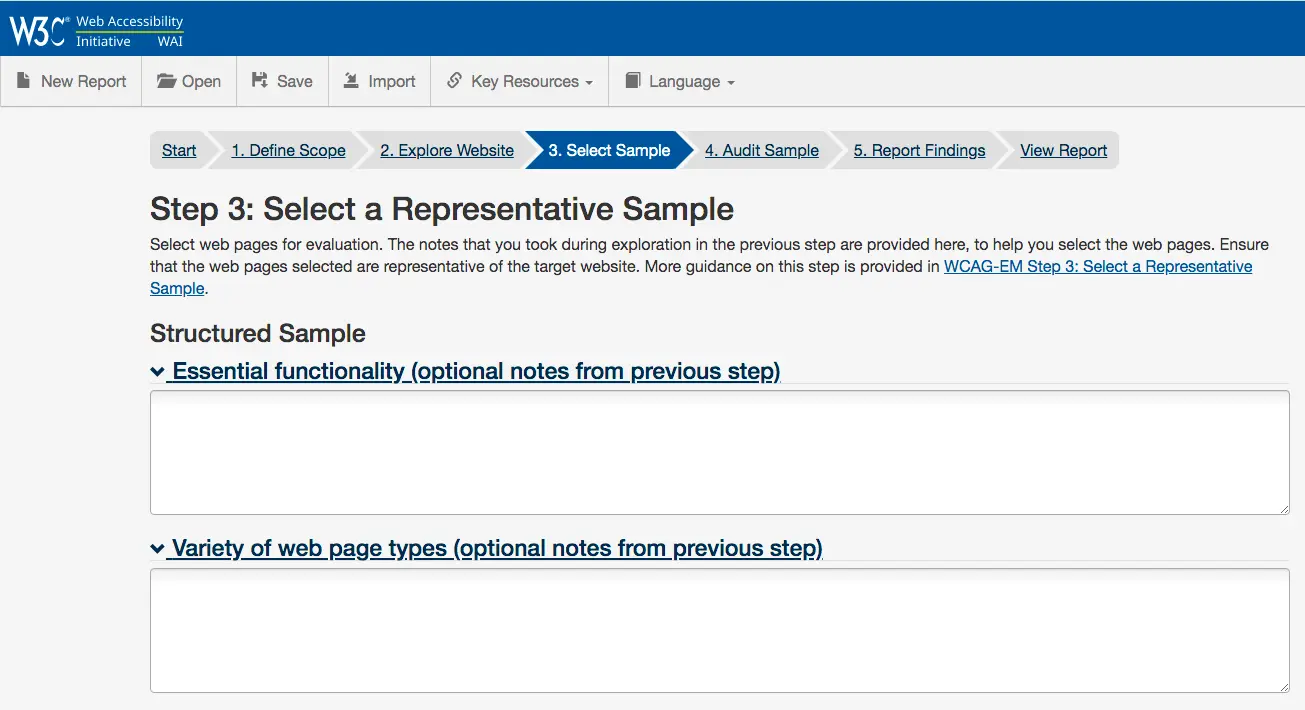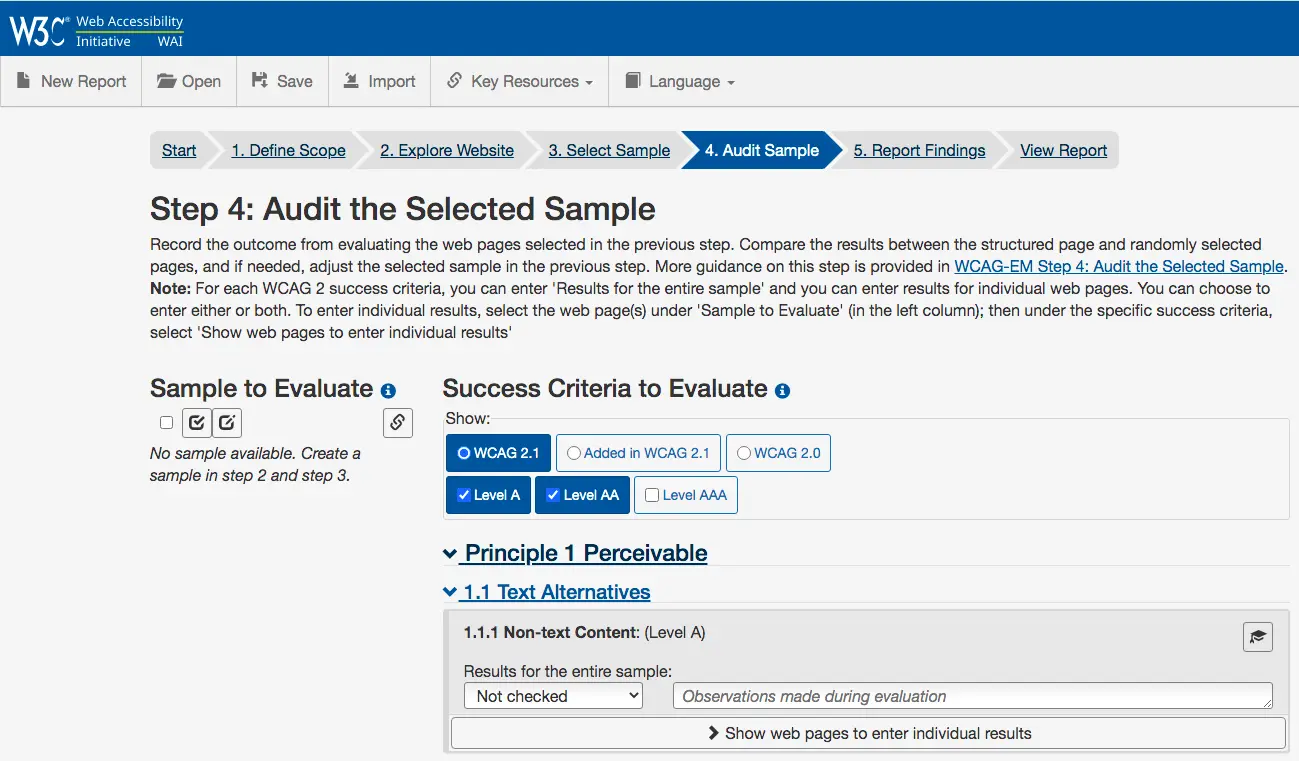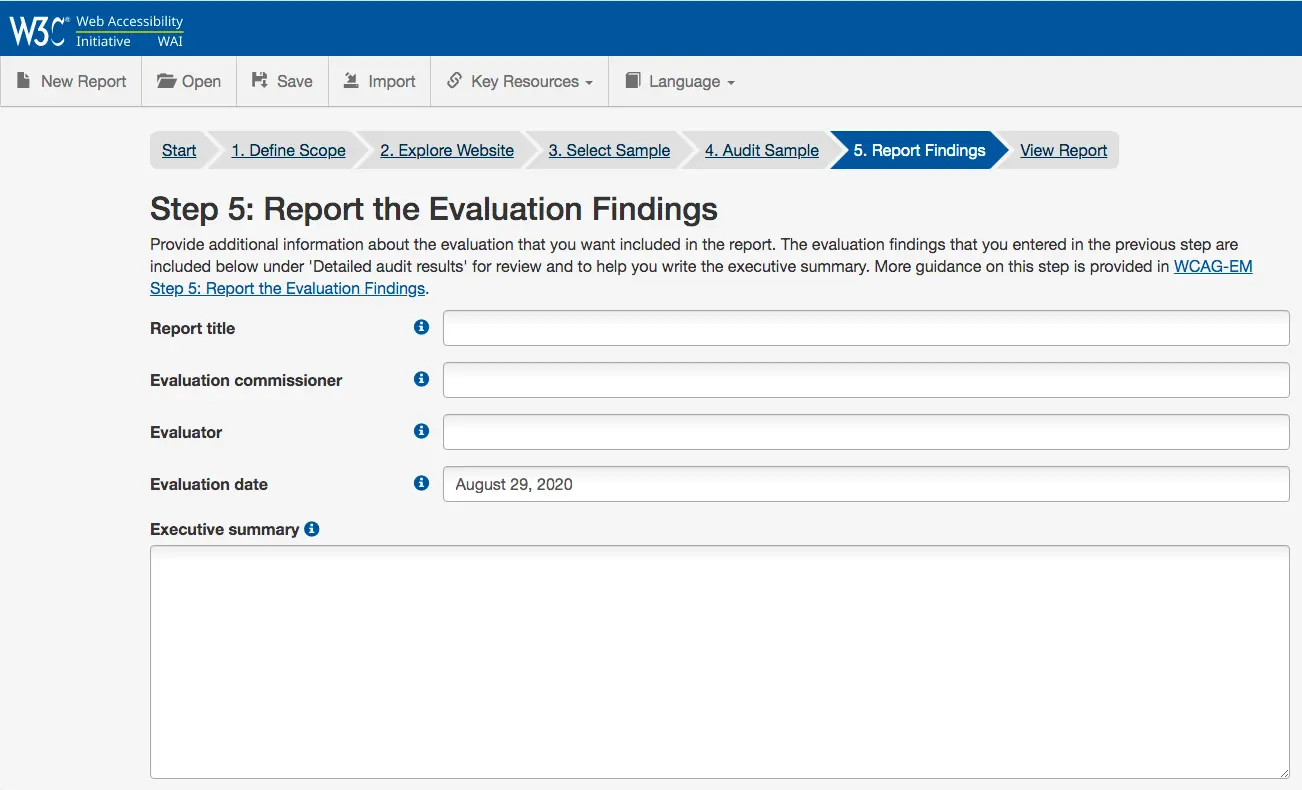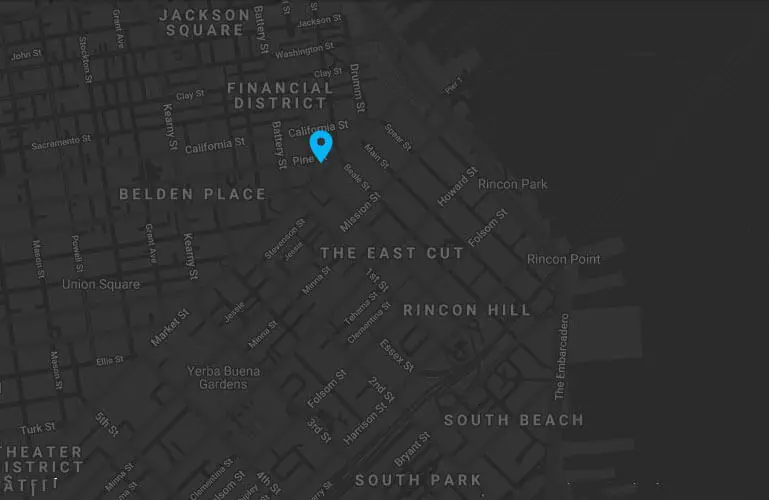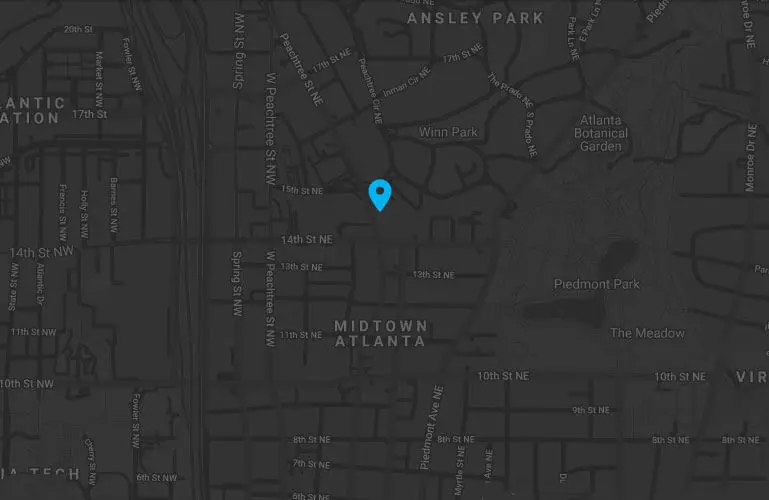Website Accessibility Audit Report Generator For Your Website
The Americans with Disabilities Act, or ADA, was created by congress as a supplement the Civil Rights Act of 1964, which outlawed discrimination based on race, color, religion, gender or national origin. The ADA is the pioneering legislature that has led to modern website accessibility guidelines. Although there are tools available for most websites that will help make your website more accessible, a full website accessibility audit must be performed to ensure WCAG compliance.
ADA-compliance was created to protect individuals with disabilities from discrimination and to ensure accessibility. In the real world, this applies to the physical accommodation to businesses as building construction and alterations must comply with ADA design standards in order to meet ADA-compliance.
While most of us are familiar with these requirements, many of us might be surprised to learn that the same standards apply to the digital world, in particular websites. The standards are to ensure that people with disabilities are able to access content to a website with the same convenience as people without disabilities.
As a business, government agency or non-profit organization, you are compelled by the law to remove any technical obstructions that may discriminate against people with disabilities. Failure to comply with ADA design standards may result in fines or even a lawsuit.This rule applies to your website as well, which compels all organizations to adhere to Web Content Accessibility Guidelines (WCAG) 2.0.
In today’s article, we will discuss the Website Accessibility Evaluation Report Generator, or the WCAG-EM Report Tool, and how it can help your organization meet ADA accessibility requirements. This is the primary tool used by auditors in evaluating ADA WCAG compliance.
Website Accessibility Audit: Getting Started
The WCAG-EM tool helps you generate a report according to the Website Accessibility Conformance Evaluation Methodology (WCAG-EM).It helps you follow the steps of WCAG-EM, to generate a structured report from the input that you provide.
Step 1: Define Scope
In Step 1, you will define the overall scope and parameters of the evaluation.
Step 2: Explore Website
In Step 2, we explore the target website to better understand its functionality, purpose and use. This step helps determine which web pages to use for the evaluation in the next steps.
Step 3: Select Sample
In Step 3, we select certain web pages for evaluation. It is important when choosing pages that they are representative of the target website.
Step 4: Audit Sample
In Step 4, we record the outcome from the evaluation of web pages selected in the previous step and compare the results between selected and random pages.
Step 5: Report Findings
In Step 5, we provide any additional information about the evaluation that you want included in the report.
Step 6: View Report
Once the audit has been completed, a full report is available for downlaod in multiple formats.
Website Accessibility: Conclusion
ADA compliance should be considered a best practice in web design and it will give you the piece of mind that you are safe from potential litigation while ensuring that you provide the best possible user experience for your customers. If you are concerned about ADA compliance please contact us today for a complementary assessment.
D E E P B L U E Knows the Market
D E E P B L U E is a San Francisco web designer that delivers measurable results.
When it comes to these hot new trends, the team here at D E E P B L U E is ready and willing to use them when designing your site. In fact, many of the new trends follow the work we have completed, making us proud web design trendsetters. If you want to get your hands of a site that is innovative and designed beautifully then give us a call, we’d love to work with you.

